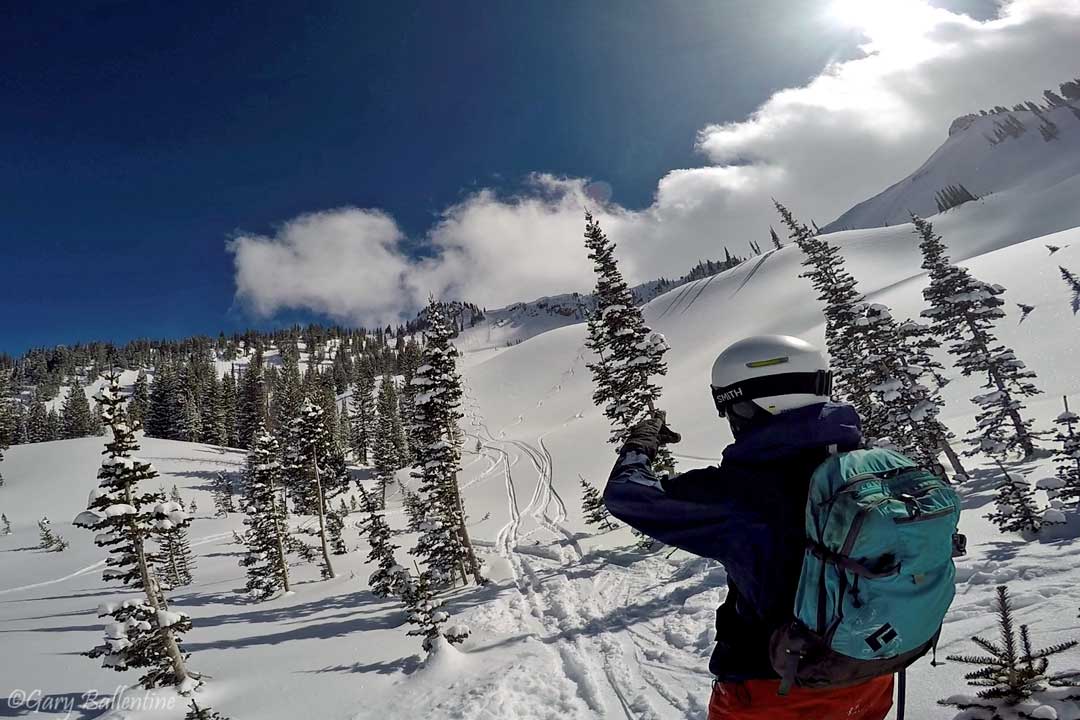Backcountry Safety Equipment

Gear to Augment Your Training, Not Replace it
There is no substitute for training, and no single piece of avalanche gear is guaranteed to keep you alive. The right combination of equipment, experience, and knowledge can significantly mitigate your risk from avalanches though, and it’s important to bring the right gear. This is what I carry in the backcountry on a regular basis to augment my training and keep myself and my friends safe.
Rescue Shovel
Avalanche Probe
These come in different lengths and most have incremental markings on them to help you measure snow depth. Longer lengths are meant for areas that receive more snow, but realistically you can max out the longest probe in any mountain range if you’re probing in a terrain trap. I carry the Black Diamond Quickdraw 280. The Quickdraw 240 is a good choice too if you’re a weight weenie.
Avalanche Beacon
If you’ve ever really practiced with beacons, you understand how helpful it is to have a good one. I carried an Arva Evo for years and never had a problem with it, but then again I never actually needed to rescue anyone. I now carry a Black Diamond Guide BT. It has a 60m range (the Arva only has 40m), can be updated with Bluetooth, be used to mark multiple burials, and can even test the frequency of other beacons to make sure they’re still usable (old beacons can be subject to frequency drift, making them unreliable).
Airbag Backpack
An airbag doesn’t guarantee that you’ll survive and avalanche, but some studies show it increases survival rates by over 50%. That’s pretty good if you ask me, especially when you take into consideration the rate of traumatic injuries versus burials.
I wear the Mammut Ride 3.0 airbag pack. The 3.0 is a modular system, is relatively lightweight, and is easy to use. The pack itself is well thought-out with enough compartments for all my gear, offers both ski and snowboard carry (a lot of packs don’t offer snowboard carry), and is comfortable to wear.
The volume is about perfect at 30L, letting me carry additional layers, snacks, water, and a radio. This works out great for both quick morning climbs and all-day tours. The cinch straps keep everything secure if I don’t fill it all the way, so it’s never flapping around behind me like the Jansport I tried to run with that one time in highschool.




